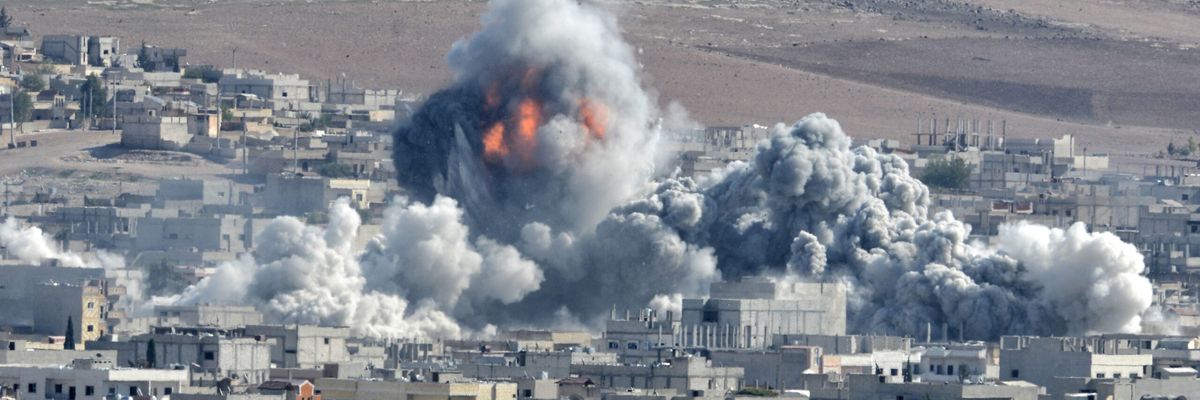Earlier this month, the U.S.-led coalition aimed at combating ISIS quietly announced its first public assessment of civilian casualties in more than 8 months, tallying at least 1,437 civilians killed in operations since 2014, a figure far lower than estimates from non-government organizations.
Without any accompanying press release or efforts at greater public awareness, the Combined Joint Task Force — Operation Inherent Resolve, said that it had analyzed 68 cases of suspected civilian casualties and found 10 credible, 53 non-credible, and 5 to be duplicates. OIR said that 18 civilians were killed and 11 injured in the 10 reports it deemed credible.
Airwars, an NGO monitoring civilian casualties in armed conflict, says that according to its assessments of the same incidents, the casualty figures are likely far higher, “with between 45 and 166 civilians reportedly killed.”
The OIR release comes nearly a month after Defense Secretary Lloyd Austin ordered a comprehensive review of civilian harm caused by U.S. airstrikes. Austin’s announcement came in the wake of a bombshell New York Times report on how U.S. government documents reveal that American bombing campaigns in the Middle East in recent years have been “marked by deeply flawed intelligence, rushed and often imprecise targeting, and the deaths of thousands of civilians, many of them children, a sharp contrast to the American government’s image of war waged by all-seeing drones and precision bombs.” The Times said the documents also show “that despite the Pentagon’s highly codified system for examining civilian casualties, pledges of transparency and accountability have given way to opacity and impunity.”
While the OIR release this month acknowledged 1,437 civilian deaths, Airwars says that at least 8,192 and as many as 13,243 civilians have been killed by coalition forces in the war against ISIS. Airwars also found irregularities in OIR’s explanations for the 53 alleged incidents of civilian casualties that it deemed “non-credible.”
“While we welcome the release of these civilian harm assessments, it is clear that there still needs to be radical improvement in DoD processes.” said Airwars incoming Director Emily Tripp. “We are seeking clarity in particular on when the remaining 37 open cases will be reviewed, as well as further information from DoD on their civilian harm assessment standards.”















